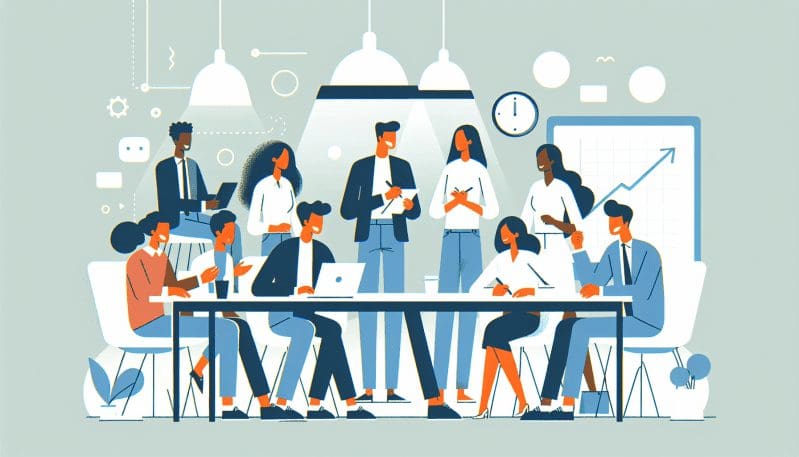Fostering a Culture of Inclusivity: The Unseen Challenges in Today’s Diverse Workplace
- Home
- Fostering a Culture of Inclusivity: The Unseen Challenges in Today’s Diverse Workplace

- Vishal Kumar
- April 15, 2024
- 0 Comments
In a world that prides itself on diversity and inclusion, there remains an undercurrent of challenges that, if left unchecked, can undermine even the most well-intentioned efforts. At No Worker Left Behind, we are acutely aware of the often-overlooked barriers that hinder the creation of a truly inclusive work environment. The journey toward inclusivity in the workplace is fraught with obstacles that are not always apparent to the naked eye or the corporate policy.
Unconscious bias, for example, remains a formidable foe to diversity. These are the implicit associations that inadvertently shape our attitudes towards individuals and groups, often in contrast to our declared beliefs. Despite rigorous diversity training programs, unconscious biases can seep into recruitment, promotion, and day-to-day interpersonal interactions, creating invisible barriers for minority groups.
Moreover, the ‘one-size-fits-all’ approach to Diversity & Inclusion programs often falls short of its objectives. Inclusivity is not a monolith; it is a multifaceted concept that needs to be tailored to the unique challenges faced by different minority groups. For instance, policies that support gender diversity may not necessarily address the specific needs of people with disabilities or those from various ethnic backgrounds. This oversight can lead to a false sense of progress while leaving many issues unaddressed.
There is also a noticeable discrepancy between policy and practice. Many organizations boast comprehensive D&I policies on paper, yet fail to implement them effectively in their daily operations. This gap undermines the experiences of those the policies are meant to support and can lead to disillusionment and underrepresentation in the workforce.
To combat these challenges, companies must adopt actionable strategies that move beyond mere tokenism. This begins with a top-down commitment to inclusivity, starting at the board and executive level and filtering through all layers of management. Leadership must be not only diverse in makeup but also in thought, actively seeking out and valuing different perspectives.
Next, organizations need to develop targeted programs that address the unique barriers faced by various groups. This means going beyond blanket D&I training to implement specialized initiatives that tackle specific issues such as accessibility, cultural competence, and intersectionality.
Moreover, it is vital to establish clear metrics for success and accountability measures. Organizations should regularly evaluate their D&I initiatives, soliciting feedback from a broad range of employees to ensure that practices align with lived experiences. By doing so, businesses can pinpoint areas of improvement and make data-driven adjustments to their strategies.
Lastly, to ensure that no worker is left behind, companies must foster an environment where every voice can be heard. This involves creating safe spaces for dialogue, encouraging mentorship programs that support underrepresented groups, and cultivating a culture of openness where individuals feel empowered to share their experiences and perspectives.
As a leading voice for youth employment and an advocate for workplace equality, No Worker Left Behind recognizes that fostering a culture of inclusivity extends beyond policies and training sessions. It is about building an ecosystem where every individual, irrespective of their background, can thrive. It is time to move from mere discussion to deliberate and purposeful action that paves the way for a truly inclusive workplace.

Leave A Comment